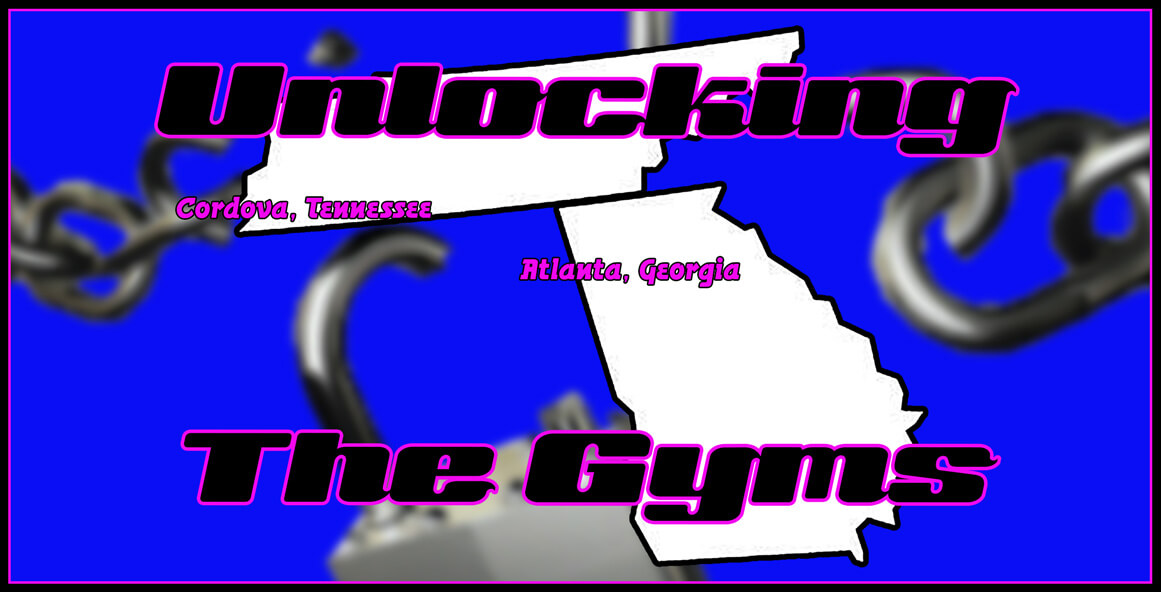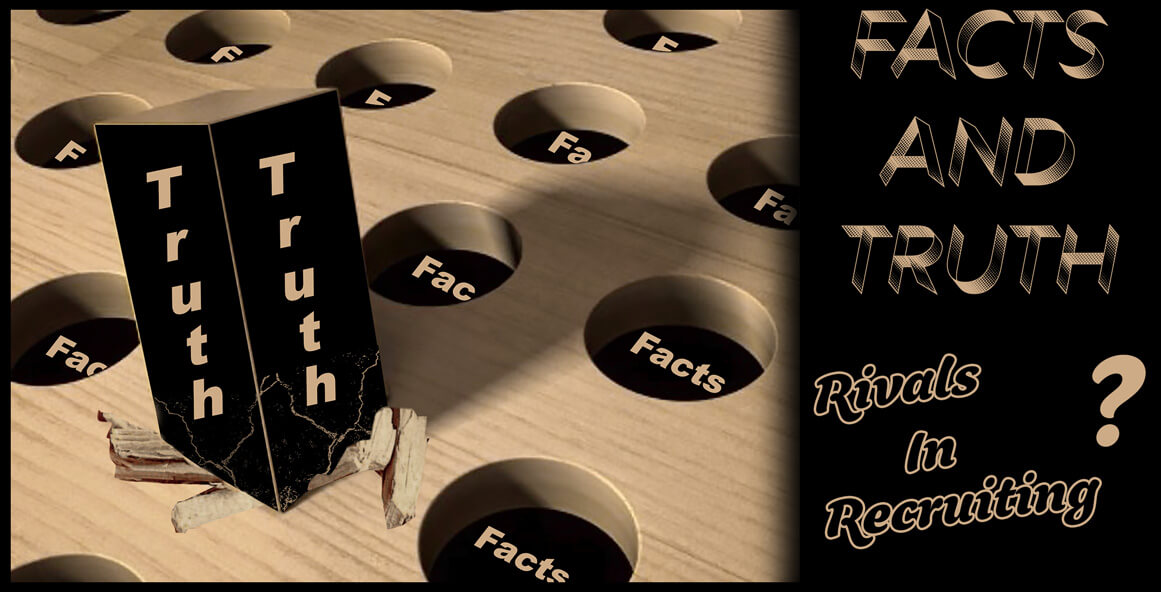
While there is still snow on the ground and the club season is down the road a month or more, it seems appropriate to take a preemptive shot at some of the minor, but critical, speedbumps in the non-scholastic road. This isn’t ethics or recruiting (See…It is possible to get those two words in the same sentence), this is more an operational advice and observation piece. Just a few thoughts that might make a few aspects of the spring and summer recruiting trail a little smoother and more effective. Some of these points may seem trivial and obvious but some club programs lack the experience and appreciation of the “other side” to ultimately grasp their potential impact.
Since America is obsessed with “how we look” let’s start with uniforms. The past few years have seen plenty of interesting fashion statements in gyms across the width and breadth of this nation. I have to admit, it’s usually difficult trying to figure out exactly what those statements are actually trying to say but, hey, beauty is in the eye of the beholder. While I may be blind to fashion, club teams can’t afford to be blind to purpose. Let’s focus in on the primary role uniforms play in the recruiting process, identification. My next statement usually isn’t too well received but it is, in fact, true from the point of view of college coaches and evaluators. That philosophical sentiment about “playing for the name on the front of the uniform, not the back”? If it’s being thrown around in club ball it usually means you have some junior Geno wannabe coaching or Ebenezer Scrooge not wanting to spring for the extra lettering. Call it non-scholastic, travel or club, but no matter how you look at it, its exposure basketball and a little self-promotion is in order. To get your money’s worth when the college folks are in the gym you want your name on the back of the jersey…big…bold and readable.
A couple of reminders for players. If you’ve got your name on your uniform, be sure that it’s not covered up with your latest hairstyle. Wear that pony tail or braids up just a bit higher so recruiters will know who you are when you show off the latest additions to your game. Also, a few players have a couple of habits involving the shoulder straps of their uniforms that make numbers and names unreadable at times as well. Tucking under the elastic of a sports bra on the shoulder or tying the straps together in the back often bunches things up and doesn’t do much for the view evaluators and referees have either. Might be time to find a different solution.
The whole point of playing in evaluation events is to be seen. Which, in turn, becomes kind of pointless if nobody happens to know who you are. Yes, coaches generally have rosters to refer to, but the ability to see that name instantaneously makes the process easier, quicker and more accurate. (We’ll get to rosters in a moment) In today’s club environment, a large majority of events are played in multi-court facilities and if I’m watching one floor but glance next door during time outs and free throws I may not have time to look up someone who made a play while I was window shopping. Your goal should be to make the job of those people sitting courtside as simple as possible. If you happen to be 6-8 like Brittney Griner, I’m going to find out who you are regardless, but if you “caught my eye” just for a moment, it’s important to make sure identifying you is a piece of cake.
Now as long as we’re talking about being able to read things, let’s get into fashion a bit. Yes, club ball offers up considerable latitude when it comes to uniforms but let’s not lose sight (Pun very much intended) of what the point actually is. Make sure uniform colors and the numbers / lettering are in sharp contrast to each other. If your uniform is white, the pink thing for lettering isn’t going to work too well. Black, navy, deep red, dark green etc…are best for lighter jerseys. On your dark uniforms make the numbers a bright and visible color that can be read anywhere on the floor. Avoid the different tones of the same color thing (Ex. – Sky blue on Navy Blue), stick with what works. While it may seem a given, numbers should ALWAYS be both front and back…and as large as feasibly possible.
As far as the lettering itself, again, keep your focus on what the intent actually is. Last summer we saw some fonts and italicized numbers that were challenging for referees, coaches and media to make out. While it might seem modern and appear “cool” nobody should have to look twice to know what a number actually is. Additionally, stick with solid lettering. The silhouette and outlined letters we saw on several uniforms are extraordinarily difficult to read, particularly those using the same color as the jersey itself. Bad idea, no matter how good it might look. And, to you wishful thinking coaches out there, you can slant it all you want, but it isn’t going to make anyone look any faster if speed isn’t their thing.
Since I’m playing Project Runway today, one more thought from the style standpoint. Recently, some clubs have had a patterned uniform material rather than a solid color. I know one shoe company provided those for sponsored teams and their hands are generally tied in situations such as that. Their agenda, understandably, is making sure their gear is noticed more than it is promoting the players in it. However, if the choice is left up to you, stick with solid colors and leave the patterns for the inserts and trim. You can still come up with some sharp looking uniforms without sacrificing the functionality they’re supposed to serve in the first place.
Since the topic du jour is identification, let’s move on the eternal problem of rosters, their availability and accuracy. Nothing is more mystifying that the continual failure on the part of clubs to do everything to ensure that their information is always available ANYTIME their teams are participating in an event. I emphasize “anytime” because even the non-certified events have D-II, III, NAIA and JC coaches in attendance and the commitment of entities like Blue Star Media has evaluators, reporters and photographers in the gym year round. If an event operator is going to cash the check for your entry fee, make sure you’re getting a full return on the expenditure.
NCAA Certified events require rosters to be available to coaches in attendance (for a fee of course!). Even knowing that, we still invariably receive roster packets that are incomplete, without numbers or worse yet, inaccurate. More athletes than you can imagine have been “mis-evaluated” because their graduation year was listed wrong. Ultimately, it’s the responsibility of the club coach to ensure that complete and accurate information is always provided well in advance of any event they’re scheduled to compete in. Parents should hold them accountable to the fullest extent. It’s your investment. Rest assured, if all the other teams were able to get their information submitted, yours could, too. There is no acceptable excuse.
Some of the non-certified events assemble a book with copies of the rosters submitted by the participants. A coach should always have a roster created that could be provided a moment’s notice to be included in anything made available to coaches / scouting services / media. Put it on a flash drive and carry it with you even if you’ve submitted one in advance. Take no chances on even one kid being overlooked because a recruiter didn’t know who was who.
If you’re creating a roster, here are some tips that will keep those it’s intended for very happy. Start with numbers and list the players in numerical order. Follow that with their name. Use the name they go by day by day. If it’s Elizabeth but she goes by Betsey, then list her as Betsey. Next list their graduation year. ALWAYS use the year (2016, 2017 etc..), NEVER use senior, junior etc…or 9th, 10th etc. Eliminates any possible confusion. Follow that with their home address (address, city, state and zip). Next up, provide their high school for the upcoming school year. With so many transfers these days it’s important that coaches know where to find her come next fall. Contact information would be next. E-mail and phone is enough and should be hers or a parent, not a coach. That kind of thing is simply ego run amuck. Lastly, include her HS coach’s contact information. The club coach’s information should be on the top of the roster.
Yes, I left out height and position. It’s fine to include them but generally most tend to have less basis in truth than a Brian Williams NBC News report from the Middle East. Listing players a couple of inches taller than their actual height accomplishes nothing and identifying every 6-2 kid in America as a guard just because she can handle it a little bit doesn’t quite make it so. Coaches and evaluators will assess her height themselves. As a media member I can promise you that because you listed her at 6-0 does not mean I’ll write about her that way. We try to avoid fiction and call them as we see them.
As far as position, you have to remember that recruiters are not totally looking at what she is right now but more so what she might ultimately become in their system or program. Scouting services and media are obligated to base position projections on what they deem her potential to be rather than what might be hopefully listed on a roster. Plenty of players have hurt their prospects by not embracing the best roles for themselves in the bigger picture. It’s also a statement about how an athlete values team needs versus individual preferences. Or more so, how a coach or parents view their daughters obligation to her teammates.
There’s no telling who’s watching, what they’re looking for or if you’ll even get a second look from them. Be sure they know what they need to know when they need to know it. High profile and top tier athletes don’t need to worry too much about things like uniforms, names and rosters. Folks will climb mountains to get their information. But they’re the minority. Young athletes and those players trying to create interest need to make every effort and pay attention to even the smallest details. They’re worth the time.
Mark Lewis is a national evaluator and photographer for Blue Star Basketball as well as the lead columnist for Blue Star Media. Twice ranked as one of the top 25 Division I assistant coaches in the game by the Women's Basketball Coaches Association (WBCA), he logged 25 years of college coaching experience at Memphis State, Cincinnati, Arizona State, Western Kentucky and Washington State. Lewis serves as a member of the prestigious McDonald’s All-American selection committee as well as the Naismith College Player and Coach of the Year committees.

Latest Articles
-
Christopher Lawlor
/ 1 day agoSPEARHEADED: Americans crush Brazil by 79 points at FIBA U16 AmeriCup quarterfinals; Marcus Spears Jr. puts up 16 points and 9 rebounds
JUAREZ, Mexico — The USA men passed its first test in the knockout stage...
-
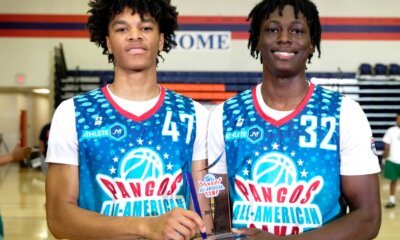

Christopher Lawlor
/ 4 days agoSTARS SHINE: Bailey, Costello earn Co-MVPs at 23rd Pangos All-American Camp in Las Vegas; three Santa Margarita (CA) players recognized
LAS VEGAS – The Pangos All-American Camp did not disappoint. For three days the...
-
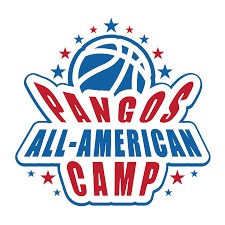

Christopher Lawlor
/ 6 days ago23rd Pangos All-American Camp tips off in Las Vegas with nation’s elite players congregating for national showcase event
LAS VEGAS – The summer circuit is nearly two months old but it really...
-
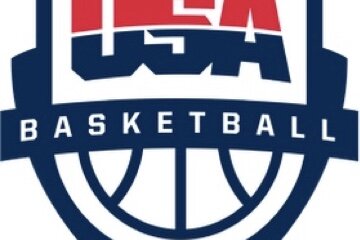

Christopher Lawlor
/ 1 week agoU16 USA Women’s Basketball National Team roster selected for 2025 FIBA AmeriCup in Mexico from June 16-22
COLORADO SPRINGS, Colo. — USA Basketball announced today the 2025 USA Women’s U16 National...
